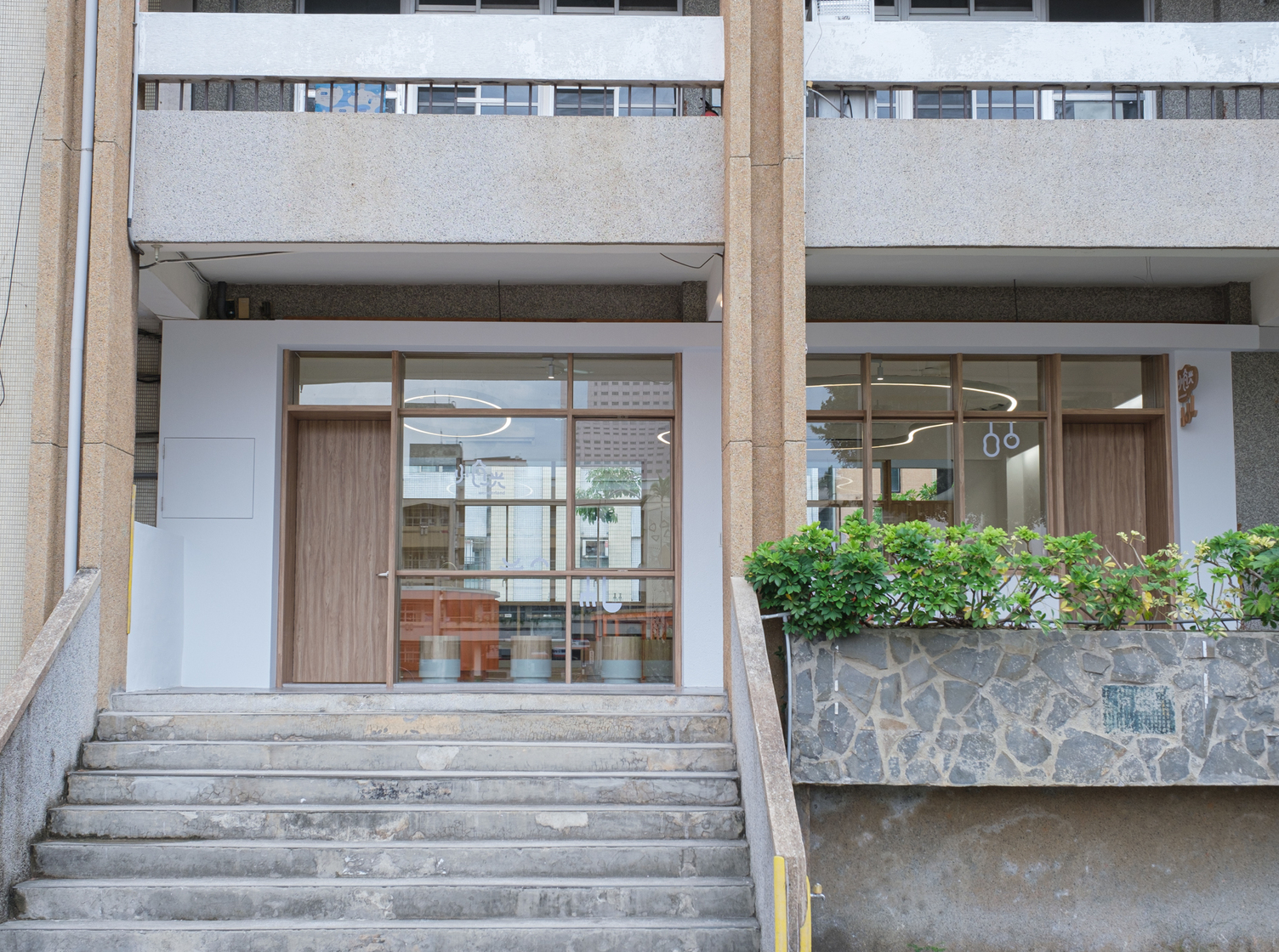Apply “Acupuncture” to Campus through Design and Open Up the Channels to Spatial Aesthetics
-Exclusive Interview with Founder Lin Yen-Yin of Yen Partnership Architects
“Design Movement on Campus” is like acupuncture. It beings by stimulating one point, and slowly opens up the entire campus, igniting new imaginations for teachers, students, and parents and creating more possibilities,” analogized architect Lin Yen-yin, founder of Yen Partnership Architects and an advisor of “Design Movement on Campus.
Open Up to Nearby Neighborhoods to Turn Campuses into Community Parks
From designing Xinpu Elementary School’s aesthetic space to building Min Fu Elementary School’s covered court that resembles “a large fallen leave in a sea of trees,” on-campus cases are frequently found among Lin’s architectural works in recent years. Through his experience participating in on-campus design projects and serving as the advisor of “Design Movement on Campus,” Lin has also discovered that, one of the big issues on campus in Taiwan is the lack of hardware innovation. “It is 2022, but our campuses have remained unchanged for twenty years.”
Lin further explains that the so-called “traditional framework” not only has outdated facilities, but its spatial design remains in the old temporal context. “For example, many schools are enclosed spaces resembling military camps or prisons. There are historical reasons for designs like this, but today, schools should open up to surrounding environment and communities, so that campuses take on the role of community park.”
Abandon the Standard Answers in the Past and Explore New Spatial Possibilities
In addition to open spaces, open “design thinking” is another key concerned by Lin. Using the rainbow painting and animal reliefs often seen on campuses in the past as examples, he points out that campus designs in the past often fell into the pitfall of duplicating traditional decorations. “In the past, people regarded ‘aesthetics’ as a skill. Every campus repeatedly used decorative elements like rainbow and reliefs of marine animals. What is so precious about ‘Design Movement on Campus’ is that it abandons the standard answers in the past, allowing schools and designers to pursue new possibilities in spaces. This kind of creative endeavors will be a great learning experience for designers, teachers, students, parents, and communities.”


Solving Spatial Issues through Design, Guiding Users to Think a Step Furter
Using the classroom transformation project at Tong-Lin Elementary School in Taichung supervised by Lin Yen-yin as an example, the design teams responsible, CYKZ Interior and Atelier Neo.E, specifically abandoned the old model of using podium and desks and chairs for configuration of classroom space when they transformed subject classrooms into a compound teaching space, so that every corner in the space is for learning. This was an innovation that toppled existing spatial order. As for the music classroom transformation of Dawu Elementary School in Taitung County, Li Design Corp. also adopted assembled and unitized design to strengthen the function of storage, turning the storage space in the music classroom into a stage and creating more possible uses of the space.
In addition to eye-catching designs, Lin also adds: “Many design teams participating in ‘Design Movement on Campus’ faced functional issues of wiring, lighting, and air conditioning, after they moved into the sites, and this is also a reminder to us that we must properly deal with the basics through design thinking.” After all, only when we give up on the traditional logics of decoration and inject aesthetics into the design of spatial functionalities can we truly guide our users to think a step further, and also revitalize the energy of spatial imagination and metabolize old conventions, nurturing a heathier campus space.




